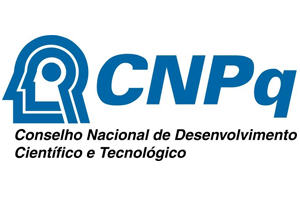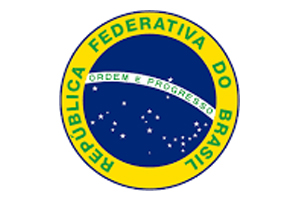Mustafa Kadhim Hussein
Ministry of Health, Maysan Health Department, AL-Sader hospital, Maysan, Iraq
Ausama Ayob Jaccob
Department of Pharmacology and Toxicology, College of Pharmacy, Basrah University, Basrah, Iraq
Muhsin Sagheer Ghalib
Department of Pharmacology and Toxicology, College of Pharmacy, Basrah University, Basrah, Iraq
ABSTRACT
Background: Date palm (Phoenix dactylifera L.) is a widely consumed fruit known for its rich nutritional and bioactive composition. The Barhi cultivar is particularly valued for its high antioxidant potential, which may have biomedical and therapeutic applications. This study aims to evaluate the radical scavenging activity and phenolic compound profile of extracts derived from both Barhi dates and seeds, with potential implications for pathology and laboratory medicine. Methods: Ethanolic extracts of Barhi dates and seeds were prepared and subjected to total phenolic content (TPC) and total flavonoid content (TFC) assays. The antioxidant activity was determined using DPPH (2,2-diphenyl-1-picrylhydrazyl) free radical scavenging assay and Ferric Reducing Antioxidant Power (FRAP) assay. The phenolic composition was analyzed using High-Performance Liquid Chromatography (HPLC) to identify key bioactive compounds. Results: The findings revealed that both date pulp and seed extracts exhibited significant radical scavenging activity, with seeds demonstrating higher total phenolic content (TPC = 98.5 ± 3.7 mg GAE/g) and stronger antioxidant capacity (IC₅₀ = 47.6 ± 2.1 µg/mL) compared to date pulp (TPC = 72.1 ± 2.8 mg GAE/g, IC₅₀ = 62.3 ± 2.5 µg/mL). HPLC analysis identified gallic acid, ferulic acid, catechin, and rutin as major phenolic constituents, contributing to their antioxidant efficacy. Conclusion: The Barhi date and seed extracts exhibit strong antioxidant activity and phenolic richness, suggesting potential applications in biomedical research, pathology, and laboratory-based therapeutic studies. The higher phenolic content in date seeds indicates a promising source of natural antioxidants for disease prevention and oxidative stress-related disorders. Further studies are recommended to explore their bioavailability and pharmacological applications in clinical pathology.
Keywords: Date Fruit, Date Seed, Flavonoid, Phenolic Acid, Free Radical-Scavenging.




